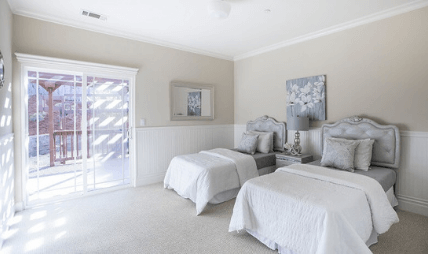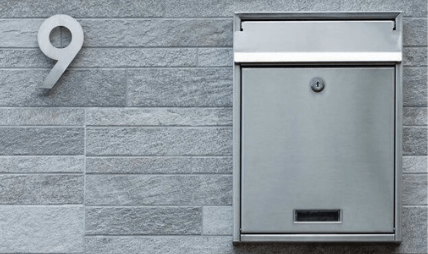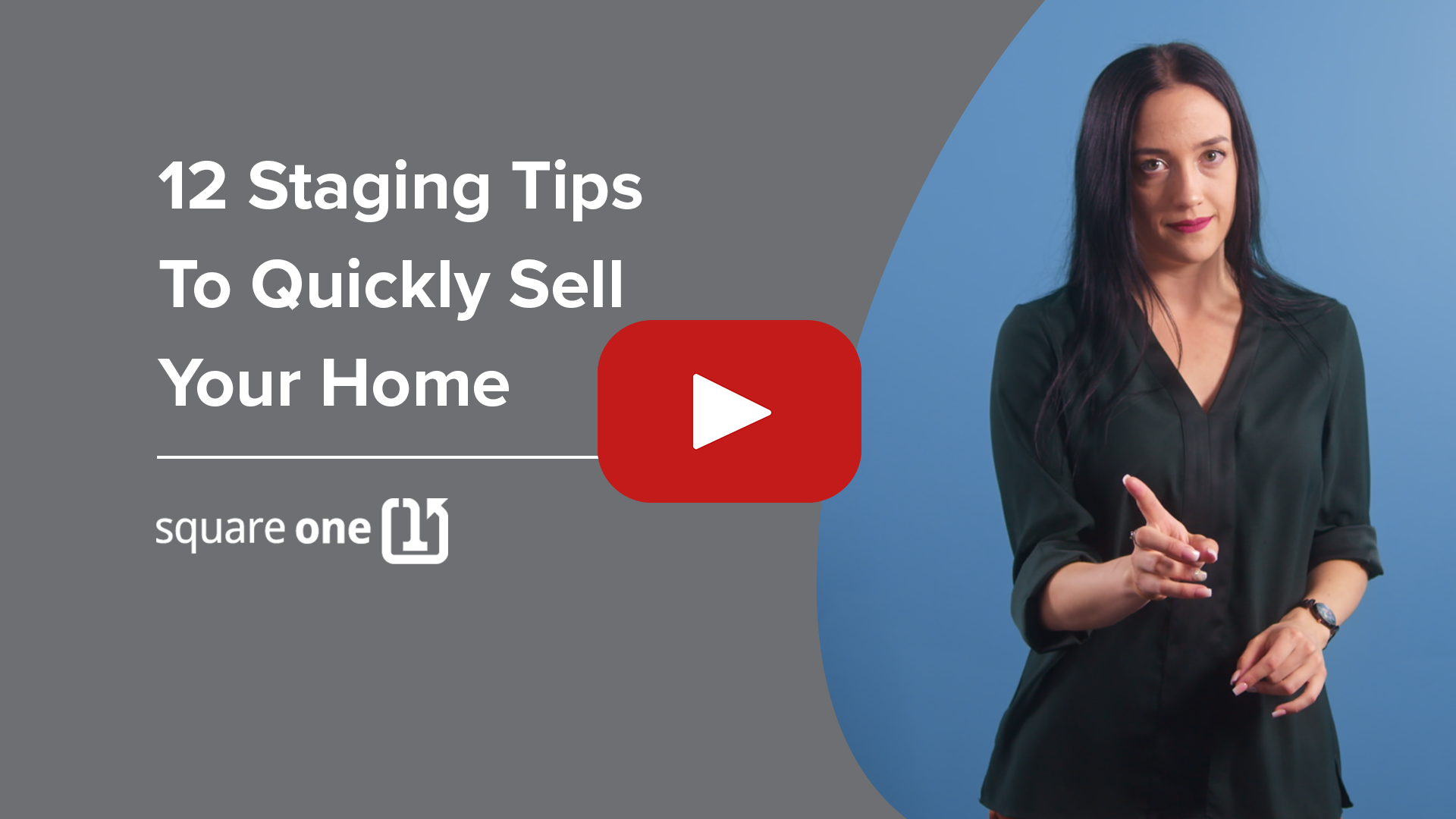Forget it’s your home
Once your home is on the market, it becomes a product. You’ll need to lose any emotional attachment you have to the home, and consider it a commodity to be sold. Remove any personal items, like family photos, souvenirs, and mementos. Instead, place some neutral objects here and there. A few nice-looking books on an end table, a colourful vase of flowers in the dining room, or even a rubber duck on the edge of the bathtub can go a long way to making your home look more appealing. Prospective buyers will find it easier to imagine their own property in the home, rather than looking at yours. It can be difficult, but effective home staging means looking at your property objectively.
Get rid of any clutter

It may not seem like clutter to you, but it sure will to potential buyers. Put away knick-knacks, and clear off the kitchen and bathroom counters. Interested buyers need to be able to visualize the home as their own and displaying too many of your personal touches makes this difficult. Put away your heirlooms, collectibles, and photos. Your home should have a spare, polished appearance. This applies to the inside of your cupboards and closets, too. People will open them, and they want to see a clutter-free, organized space—aim for closets and cupboards that are no more than 75% full. This part of the process is a good chance to start the process of getting your stuff ready to be moved to your new home, and even move some things into storage if necessary.
Clean, clean, clean
Your house needs to be spotless. Make sure you scrub the bathroom, clean the grout, and hide the toilet brush. Take time to steam clean the carpets, wash the walls and floors, and dust the moldings and ceiling fans. Wash your windows inside and out, polish all fixtures and wipe down all your appliances. You may want to consider hiring a professional cleaning service.
Choose a neutral colour palette

A fresh coat of neutral paint goes a long way. Consider repainting rooms that are bold or dark with warm neutral shades like tan, taupe or grey, especially if the room is smaller. Keep the ceilings white to create the feeling of extra height and increase brightness. Unusual wall colours may prevent a buyer from imagining the room as their own. To further enhance the colour scheme of your home, put fresh, white towels in the bathroom and maybe a new bedspread in the bedroom.
Do a sniff test
Your house should smell good. Make sure there are no musty smells or unpleasant odors. Be especially aware of any pet odors. Open the windows and add some fresh flowers. If you want to go one step further, you can make your home smell lovely on viewing days. Bring a pot of water to a boil and place some cinnamon sticks inside, or bake a fresh batch of cookies.
Do minor repairs and upgrades
Look around your house carefully, and replace any cracked tiles, fix or replace leaky faucets, and replace burned out bulbs. Replace worn carpet and flooring as this is one of the first things buyers will see when they walk in. Organize your cupboards and closets. Give them a quick refresh by replacing outdated knobs and handles with new brushed nickel or silver versions. Repainting your cabinetry goes a long way as well.
Make sure each room has a purpose

If you’ve been using the spare bedroom for storage, clean it out, and furnish it properly. You can rent a bed, night tables, and lamps if necessary. Focus on highlighting the best use of the space, especially if you can show a room has more than one function. For example, use a small desk with a stool to introduce a workspace, or add a daybed to an office to create extra sleeping space. Try not to leave a room empty as this can make the space look smaller. Arrange all your furniture to allow for an easy flow of traffic through your home.
Boost the curb appeal
Curb appeal refers to how the house looks to people viewing it from the street. The front of the house is the first thing people will see, and it will make an important impression on them. Make sure you’ve trimmed the lawn and hedges, planted flowers, cleaned the exterior of the house, and cleared your gutters. Paint any faded window trims, as well as the front door to give it a fresh look. Try to keep colours on the exterior of your home neutral as well, and save the bright colours for your flower beds and planters. Think about replacing your house numbers with shiny new ones and putting out a brand-new welcome mat. Make sure to remove any toys and pet accessories. If you have any outdoor furniture, it should be tidy and in good condition.
Dress up your front porch

Source: Flickr
If your house has a front porch, you’ve got a terrific opportunity to enhance the curb appeal even further. Stage the front porch much like you would a room inside the house, coordinating colours and thoughtfully arranging furniture. The porch should evoke feelings of comfort and leisure. Prospective buyers should look at the porch and be able to imagine themselves relaxing there on a Sunday afternoon.
Buy a new mailbox

Another one of the first things potential buyers will see is your mailbox. If you have an old, worn-looking mailbox, it may be worth replacing. You can even coordinate the style with your house’s number plaque or other decorations visible at the front of the house.
Install new light fixtures
Lighting is one of the most powerful tools in the home staging toolkit, and yet is often neglected. The right lighting can change a room completely, so it’s worth investing in some new fixtures if any of your rooms are lacking. Of course, natural light is the best type of light, so keep your blinds open. When deciding on light fixtures, think about layering the light within each room. With modern LED bulbs, it’s possible to get light in all sorts of different colours or temperatures. Use warm, soft lighting for rooms that should appear relaxing, like bedrooms. Use bright, cool, blue-tinged light in kitchens and work areas. Make sure that all the lights in your home are switched on while it’s being shown, lest all your effort go to waste!
If necessary, hire a professional landscaper
If you’ve got a large yard with not a lot going on, it may be worth your time to hire a landscaper to spruce it up a bit. A flat, empty yard will give people a flat, empty feeling inside, and that’s not what you want when you’re trying to get them to fall in love with the home. A well-kept exterior will make buyers think that the interior is also well-kept. A landscaper can do some grading and some planting, and before you know it your house will look more inviting than ever. With landscaping, it’s hugely beneficial to think as far ahead as possible. If you know you’ll be selling your home in a few years, plant some trees now! Established plants look much nicer than new ones, but any plants are better than none. And you can get landscaping coverage under your insurance if you’re worried about a loss to the landscaping.
Insurance considerations when moving
Once your home sells and you’re planning to move, don’t forget to contact your home insurance provider. You may need coverage on your new and old home at the same time if your old home doesn’t sell right away.
You may also need coverage for your belongings while being transported from one place to the next. Your belongings might be covered while in transit as long as your insurance provider is insuring you at both your old and your new homes. If either home is sitting vacant for a time, it’s important to talk to your insurance provider. When a home is considered vacant, insurance coverage is limited. Home insurance providers are often able to accommodate a variety of scenarios, but it’s always important that they understand your specific circumstance. This will make sure you have all the coverage you need to keep you, your family, and your personal property protected in the event of a loss.







